Why does the earth have a liquid core?
Dropping keys into a stream of molten lava, say goodbye to them, because, well, dude, they are everything.
- Jack Handy
Looking at our home planet, you can see that 70% of its surface is covered with water.

We all know why this is so: because the oceans of the Earth float above the rocks and mud that make up the land. The concept of buoyancy, in which less dense objects float above denser, sinking below, explains much more than just the oceans.
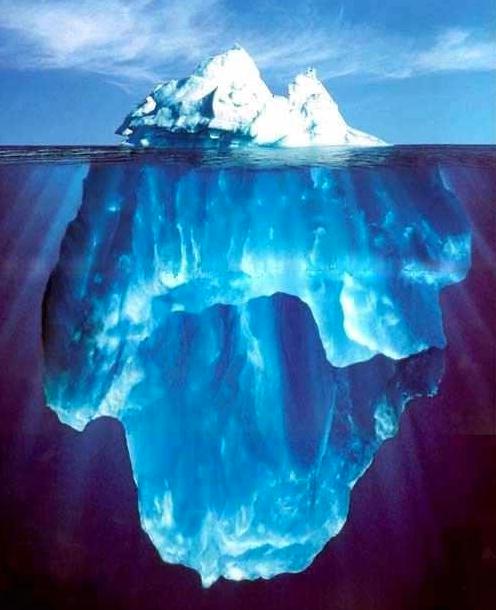
')
The same principle explaining why ice floats in water, a balloon with helium rises in the atmosphere, and stones sinking in a lake, explains why the layers of the planet Earth are arranged exactly like this.
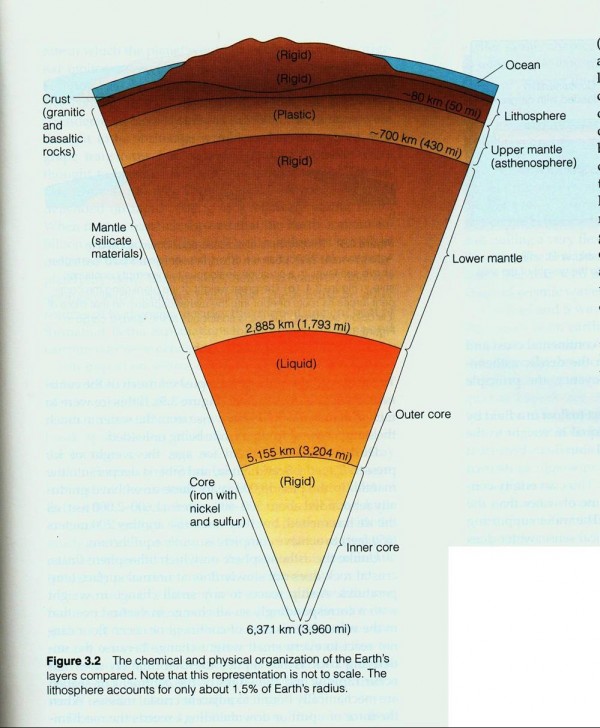
The least dense part of the Earth, the atmosphere, floats above the water oceans that float above the Earth’s crust, which is above the denser mantle that does not sink into the densest part of the Earth: into the core.

Ideally, the most stable state of the Earth would be one that would be ideally distributed into layers, in the manner of an onion, and the densest elements were in the center, and as they moved outwards each subsequent layer would consist of less dense elements. And every earthquake, in fact, moves the planet towards this state.
And this explains the structure of not only the Earth, but all the planets, if you remember where these elements come from.
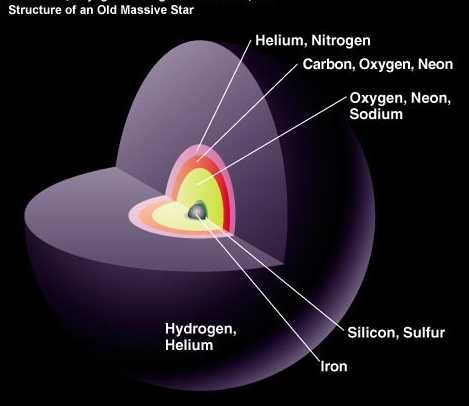
When the universe was young — only a few minutes old — only hydrogen and helium existed in it. More and more heavy elements were created in the stars, and only when these stars died did the heavy elements enter the Universe, allowing new generations of stars to form.
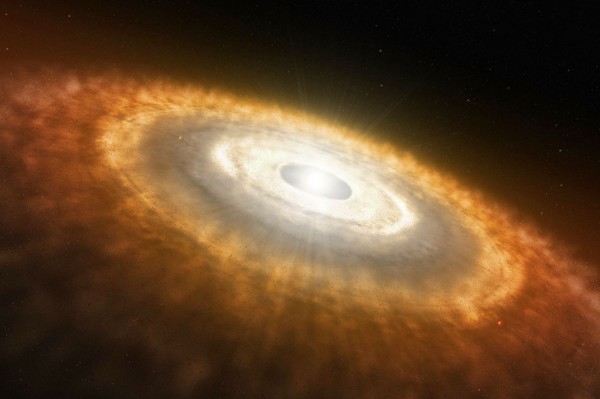
But this time, a mixture of all these elements — not only hydrogen and helium, but also carbon, nitrogen, oxygen, silicon, magnesium, sulfur, iron, and others — forms not only a star, but also a protoplanetary disk around this star.
The pressure from the inside to the emerging star pushes the lighter elements, and gravity causes irregularities in the disk to collapse and form planets.
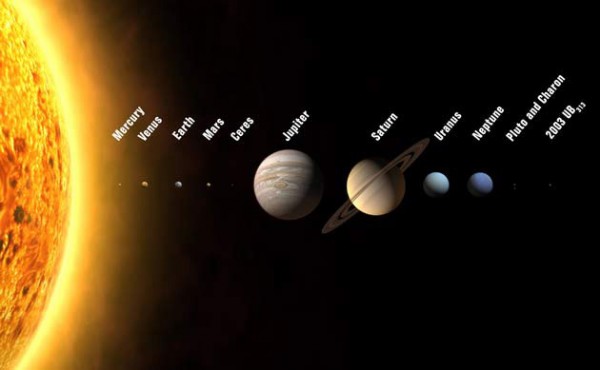
In the case of the solar system, the four inner worlds are the densest of all the planets of the system. Mercury consists of the most dense elements that could not hold a large amount of hydrogen and helium.
Other planets, more massive and more distant from the Sun (and therefore receiving less of its radiation), were able to hold more of these ultra-light elements - that is how gas giants were formed.
In all worlds, as on Earth, on average, the densest elements are concentrated in the core, and the lungs form less dense layers around it.
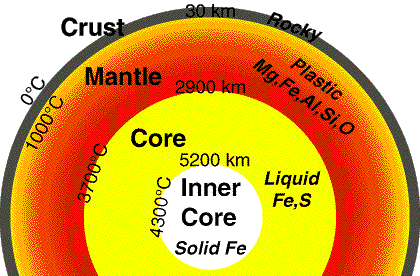
It is not surprising that iron, the most stable element, and the heaviest element created in large quantities on the border of supernovae, is the most common element of the earth’s core. But it may be surprising that between the solid core and the solid mantle there is a liquid layer more than 2000 km thick: the outer core of the Earth.

The Earth has a thick liquid layer containing 30% of the mass of the planet! And we found out about its existence in a rather ingenious way - thanks to seismic waves originating from earthquakes!

In earthquakes, seismic waves are born of two types: the main compression wave, known as the P-wave , passing in the longitudinal direction.

and the second shear wave, known as the S-wave , similar to the waves on the surface of the sea.

Seismic stations around the world are able to pick up P- and S-waves, but S-waves do not pass through the liquid, and P-waves not only pass through the liquid, but also refract!
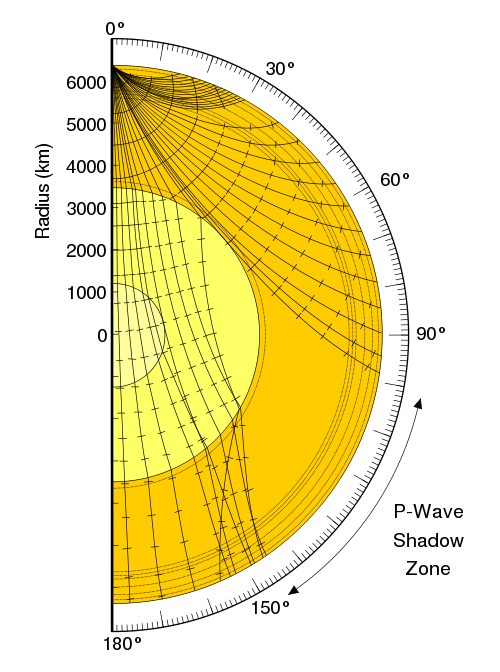
As a result, it is possible to understand that the Earth has a liquid outer core, outside of which there is a solid mantle, and inside - a solid inner core! That is why the core of the Earth contains the heaviest and densest elements, and so we know that the outer core is a liquid layer.
But why is the outer core liquid? Like all elements, the state of iron, solid, liquid, gaseous, or other, depends on the pressure and temperature of iron.
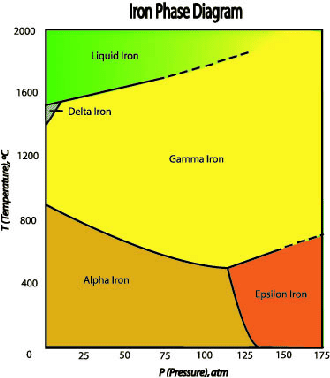
Iron - an element more complex than many familiar to you. Of course, he may have different crystalline solid phases, as indicated on the graph, but we are not interested in ordinary pressures. We descend to the core of the earth, where pressures are a million times higher than pressure at sea level. What does the phase diagram for such high pressures look like?
The beauty of science is that even if you do not immediately have an answer to a question, there is a possibility that someone has already done the necessary research, in which you can find the answer! In this case, Ahrens, Collins and Chen in 2001 found the answer to our question.
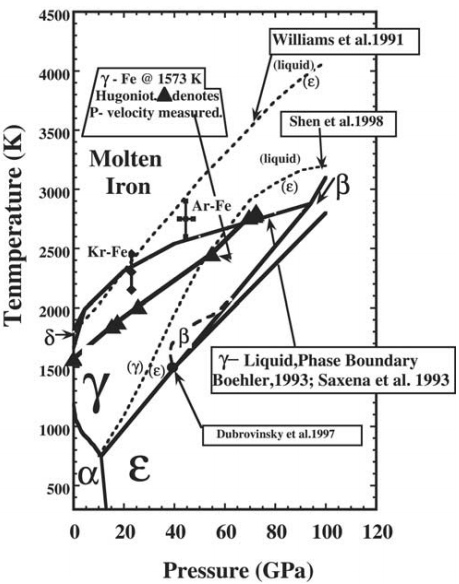
Although the diagram shows giant pressures up to 120 GPa, it is important to remember that the pressure of the atmosphere is only 0.0001 GPa, while in the inner core of the pressure they reach 330-360 GPa. The upper solid line shows the boundary between the melting iron (above) and solid (below). Did you notice how the solid line at the very end makes a sharp upward turn?
In order for the iron to melt at a pressure of 330 GPa, an enormous temperature is required, comparable to that prevailing on the surface of the Sun. The same temperatures at lower pressures will easily maintain iron in a liquid state, and at higher pressures - in a solid state. What does this mean in terms of the core of the Earth?
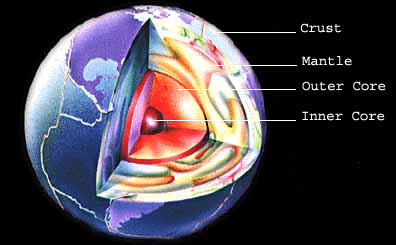
This means that with the cooling of the Earth its internal temperature drops, and the pressure remains unchanged. That is, during the formation of the Earth, most likely, the entire core was liquid, and as it cools, the inner core grows! And in the process of this, since solid iron has a density higher than that of a liquid one, the Earth is slowly squeezing, which leads to earthquakes!
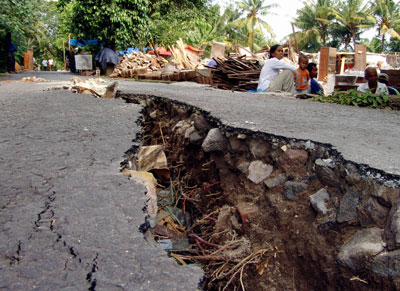
So, the core of the Earth is liquid, since it is hot enough to melt iron, but only in regions with fairly low pressure. As the Earth ages and cools, an ever larger part of the core becomes solid, and therefore the Earth shrinks a little!
If we want to look far into the future, we can expect the appearance of the same properties that are observed in Mercury.

Mercury, due to its small size, has already cooled and shrunk considerably, and has fractures hundreds of kilometers long, which have emerged due to the need for compression due to cooling.
So why does the earth have a liquid core? Because she has not cooled yet. And each earthquake is a small approach of the Earth to a final, cooled and through solid state. But do not worry, the Sun will explode long before this moment, and everyone you know will be dead for a very long time.
Source: https://habr.com/ru/post/369749/
All Articles